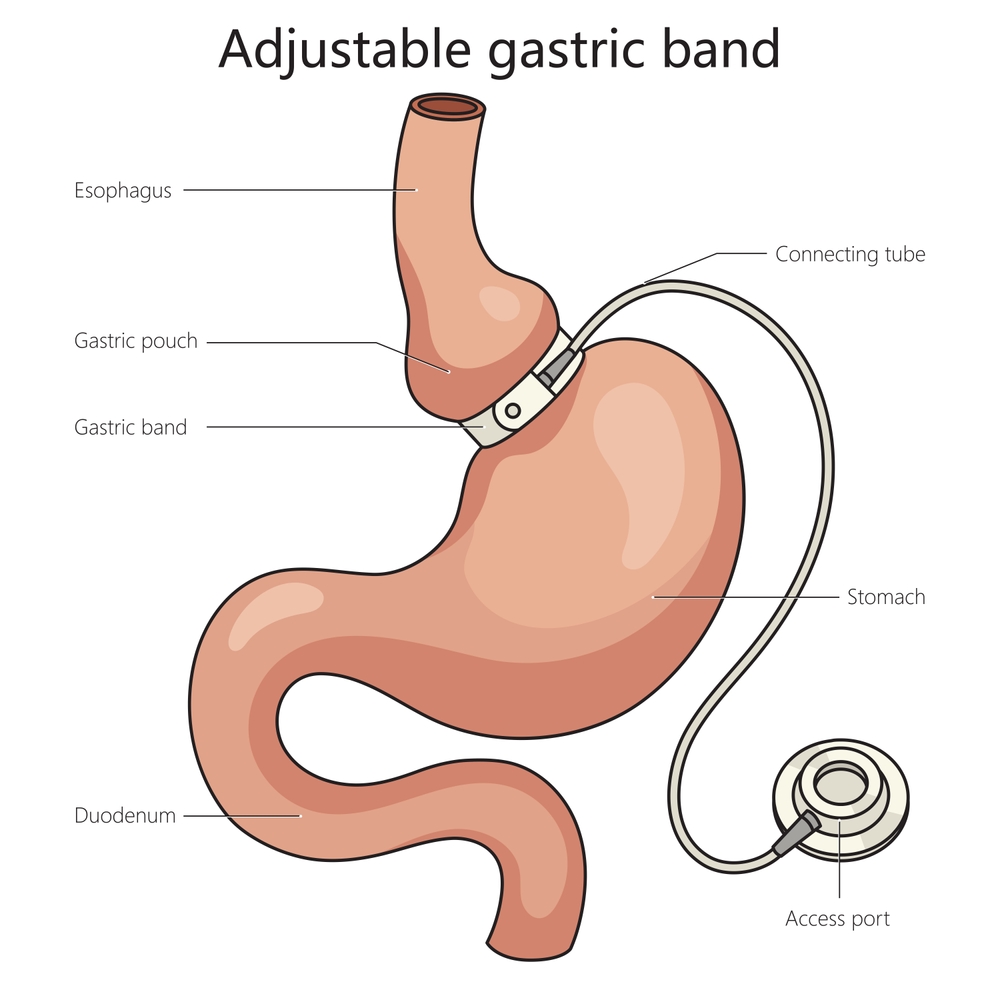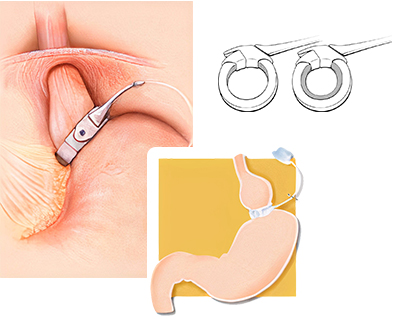The gastric band has a fascinating history that traces the evolution of weight loss surgery.
Back in 1990s, the first laparoscopic gastric banding procedure was performed. This minimally invasive technique allowed for the band to be placed around the stomach using small incisions, which was a significant advancement over earlier, more invasive procedures.
In the 2000s, the gastric band gained widespread acceptance as a less invasive alternative to other bariatric surgeries like gastric bypass. Its popularity was due in part to its reversible nature and the ability to adjust the band post surgery.
Over time, the limitations and complications associated with the gastric band became more apparent. Issues such as band slippage, erosion, and inadequate weight loss led to criticism and growing concerns about its long-term effectiveness.
The The use of gastric bands has declined in favor of other bariatric surgeries. However, some patients still undergo gastric band procedures, and there are ongoing advancements in techniques and technology.
Currently, while the gastric band is not as popular as it once was, it remains an option for certain patients, and its history has significantly influenced the development of modern bariatric surgical techniques.




